And yet the gained physicality of the images—often of objects grandiose in size (the Arc de Triomphe, the Guggenheim) or in context (a female nude, Werner Herzog)—also speak to an economy. The analog creation of the work means, despite semblances of the quasi self-similar images available for wide viewing, its originals can never be replicated. Unlike, say, the casual selfie on your iPhone, its original reproduced ad nauseam—to the chagrin of your own ego—through a send button, the pixels of each remaining identical.
Galimberti’s work carves its own path, outside of the brusque reproductions of digital photography and the twee idealism of analog worshippers, somewhere nearer to Euclidean geometry; his reasons for using the medium revolve around his own intuitively appealing axioms.
Ansel Adams was once quoted as saying, ‘The next step will be the electronic image, and I hope I shall live to see it. I trust that the creative eye will continue to function, whatever technological innovations may develop.’ With that in mind, how do you feel about Instagram? I think Instagram is a good thing. I find any contemporary photographic initiative positive. Communicating through image is very common among young people (and not only between them). [It is] said that each image connotes another and that is before anything [becomes] a concept; this is surely the first link. What counts it is the language that is used.
What is gained from a physical photograph? Is any of that lost in the medium’s digital offerings? If so, is it important for viewers to experience your work in person? Or is it simply the process of analog development that you find to be necessary or meaningful? Digital photography does not belong to my background; it is certainly not my story. I seek the instinct, the emotion, through the instantaneous photography (that after Polaroid, I can do with Impossible, Fuji, and whatever media that will be offered in [the] future). Yet, I’m having fun experimenting with, for example, the iPhone. Impossible has made Instant Lab, a device able to transform into instant photographs the images reproduced on the screen of an iPhone.
Your work is created by collaging series of close crops—why work from that perspective? As for the mosaics I do, they express my vision. My conceptualism is represented in my vision, my language, which is influenced by Futurism and by Duchamp.
What would you say the distortion of form in your work reflects? The artistic distortion represents the inner musicality. The space of a face or of a landscape has its [own] sound.
The creation of your portraiture is often referred to as a performance. Do you find the performance aspect inevitable in relation to the medium and the (often notable) subjects? The performance creates a relationship between my subject and I. Since I’m working with instant photography and having to shoot so many photographs in a short time, it helps me create an intimate contact and—paradoxically—also physical, with the person I am portraying, in order for them to take out their truest being for me to perceive it. It helps me to get in contact with the inner silence of the person, creating a lyrical situation—quoting from French philosopher Jean-Luc Nancy who inspires me.
Describe the relationship that develops between yourself and the objects of your gaze. It is important to let your gaze transfigure towards a new world, shaking the mental habit according to which reality can be seen. I began to feel reality, to sense it, and to savor it the moment that instant and instinct travels are in symbiosis. After that I play it, seeking harmony to arrive to rhythm, to movement.
The instant and analog nature of Polaroid photography lends itself to imperfections. How do you approach that aspect of your work when current photography norms often call for absolute perfection? Perfection is the death of photography. [It] creates a barrier, a mirror, where one can be reflected; but that does not allow anyone to pass, to go beyond. I seek imperfection, emotion, the element of breaking that I can’t grasp with instant photography. In favor of my art I quote Roland Barthes’ ‘Myth Today.’
In what direction is art currently developing in Milan? Is there anything new that you find of interest? Art in Milan reflects the actual historical Italian moment, [one] made unfortunately of closure, individualism, and solitude. A search for more contact with reality is made precisely through extremely diffused photographs and by all that scopes through expressions of a different truth. I regret the art movements, the coffee, the discussions that are no longer there. When I discuss I want to hear the voice, see the glances, observe the gestures of my interlocutors. I am interested in personal relation, the real one.
Translated by Diego Alonso



